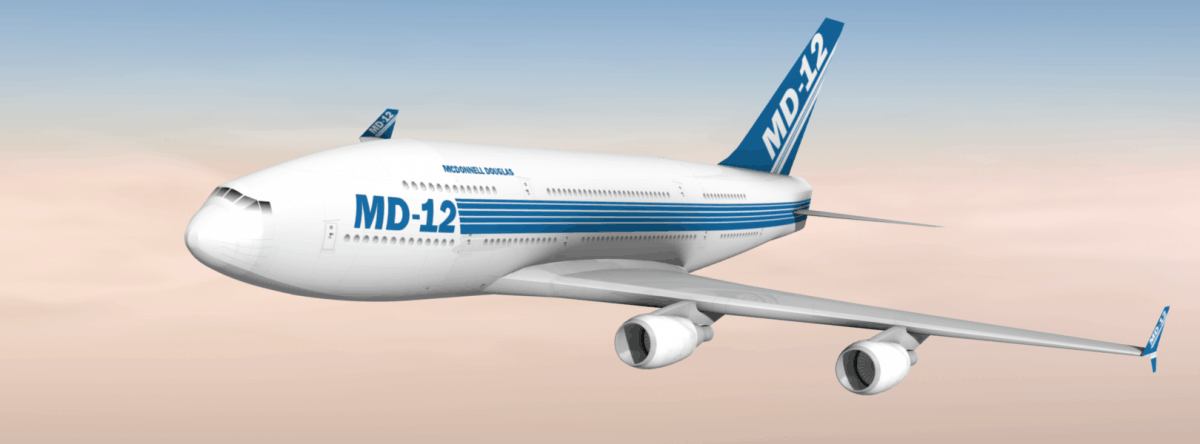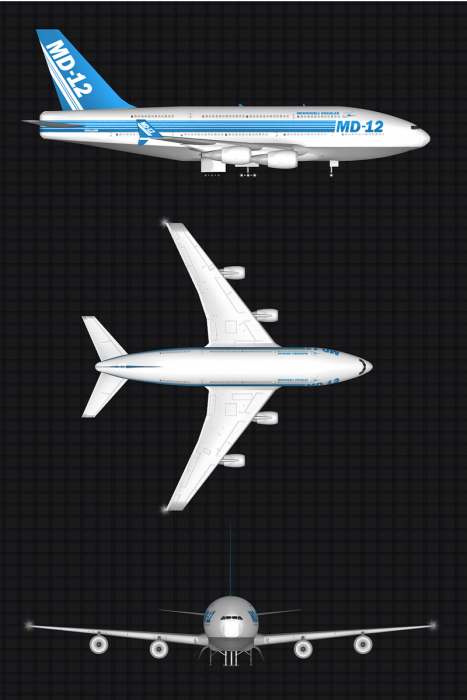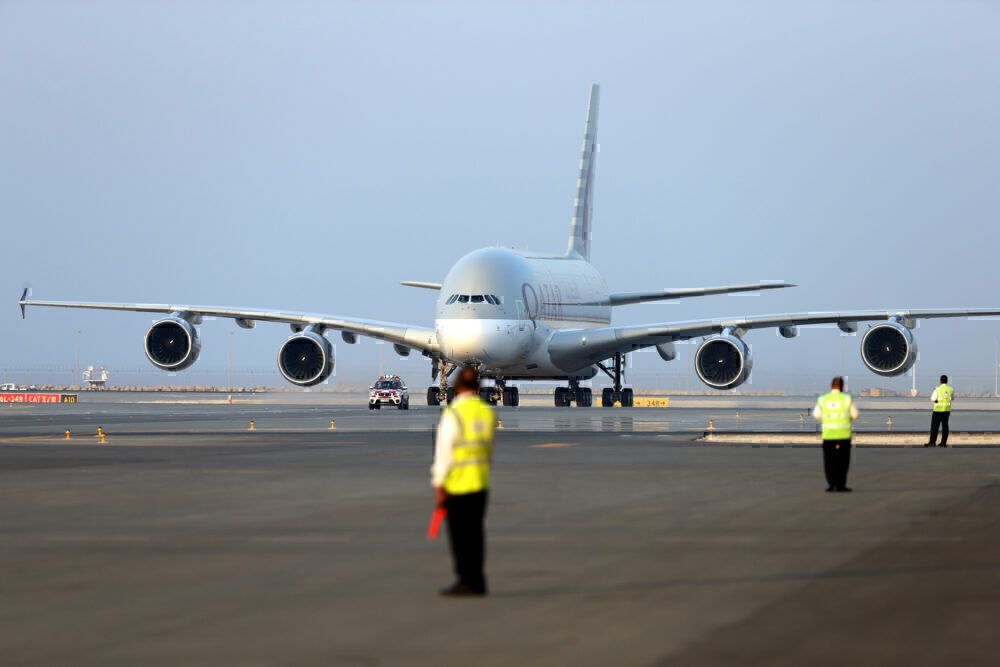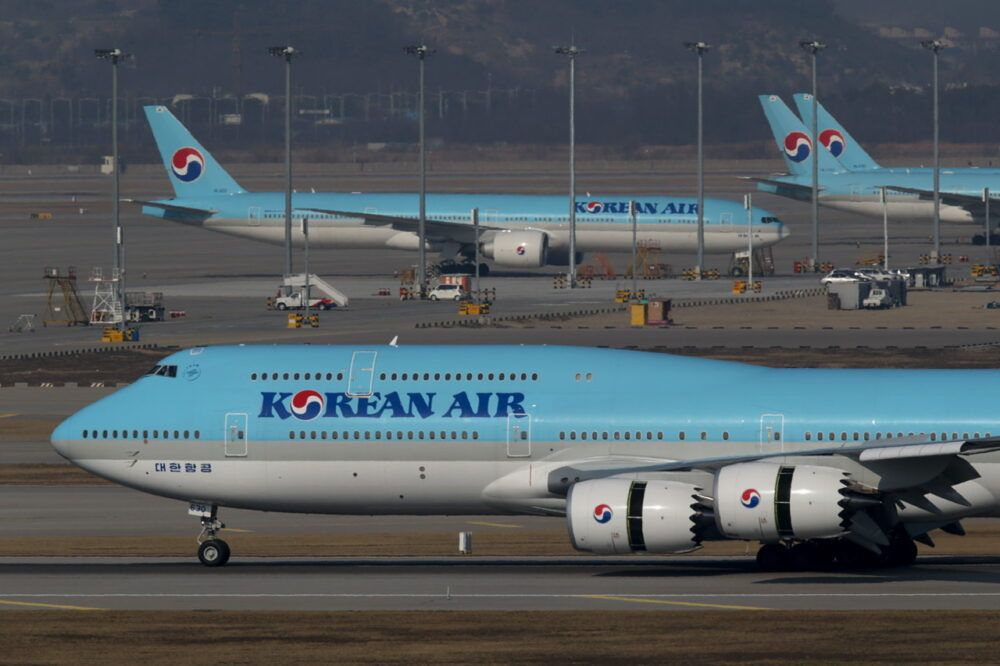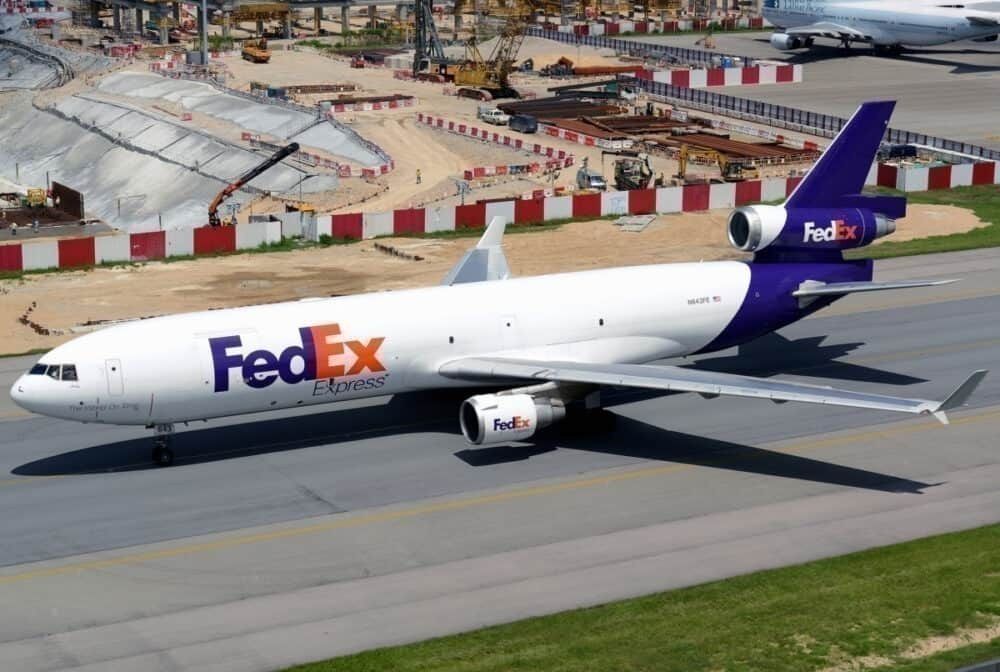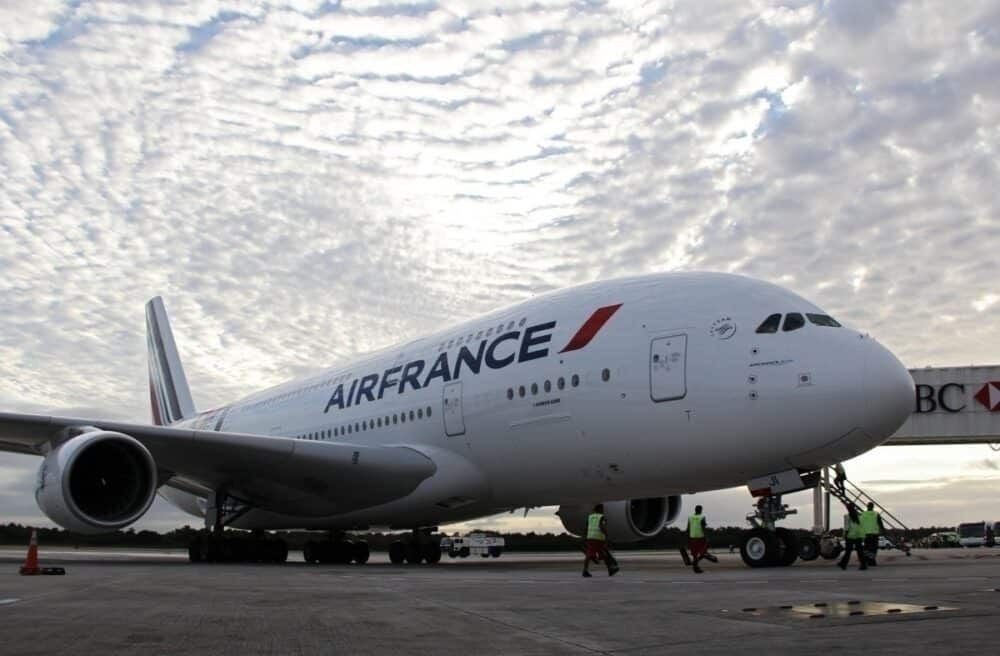The McDonnell Douglas MD-12 was designed in the early 1990s as a potential competitor to the double-decker Boeing 747. The project was ultimately unsuccessful, and McDonnell Douglas received no orders for its 'superjumbo.' However, had it been built, it would have also potentially shared the skies with the Airbus A380. This aircraft was also in development at the time that the MD-12 was being designed. But how exactly would it have compared with the Airbus double-decker?
What was the McDonnell Douglas MD-12
The McDonnell Douglas MD-12 was an answer to a problem that airports and airlines consistently raise. Airports can only land so many planes in a day, and airport landing slots are costly. At the time of the MD-12's and Airbus A380's design processes, manufacturers' solution seemed to be to build bigger aircraft. As such, McDonnell Douglas proposed the MD-12, a four-engine, double-decker aircraft.
How does it compare to the Airbus A380?
The respective specifications of the McDonnell Douglas MD-12 and Airbus A380 are as follows:
- The MD-12 was designed to carry 430 passengers in a long-range three-class configuration. Alternatively, an all-economy configuration would have seated 511 passengers. Its design range was 7,170 NM (13,279 km). Had it been built, the length of the MD-12 would have been 63 meters.
- The A380 has a typical realistic capacity of 555 passengers in a three-class configuration. Its maximum capacity (exit limit) was established in testing to be 853 passengers in an all-economy configuration. Its range is 8,200 NM (15,186km). The A380 is 73 meters long.
Comparing capacities, we can see that the larger A380 can carry more passengers thanks to the virtue of being longer. Whilst no specific configuration for the MD-12 was ever planned in terms of how many passengers each class would seat, one can imagine it might have mirrored the later A380 design.
To use the example of the A380's launch customer, Singapore Airlines, SeatGuru reports that its various A380 configurations consist of 6-12 first class seats, 60-86 in business, 36-44 in premium economy, and 245-343 in economy. However, with less room onboard, operators of the MD-12 would have planned less communal spaces, for example bars and lounges, or perks such as showers.
In terms of range, the A380 has the advantage of better, modern-day engine technology. It is not outside the realm of possibility that the MD-12 would have been able to match the A380 in the case of an engine swap, or improvements such as winglets. Overall, the A380 surpasses the MD-12 in these three crucial areas of size, passengers, and range.
Other competitors
McDonnell Douglas was not the only manufacturer to try its hand at designing a 'superjumbo' aircraft to compete with the Boeing 747. At the 2001 Paris Airshow, for example, Sukhoi revealed a 1/24 scale model of its KR-860. As the name suggests, its planned capacity was 860 passengers, with as many as 1,000 seated in an all-economy configuration. However, much like the MD-12, this aircraft never made it past the design stage.
In response to the development of the Airbus A380, Boeing also investigated the possibility of entering the 500+ capacity market. Its concept was known as the New Large Airplane (NLA). However, it ultimately decided not to focus on high-capacity hub-to-hub models, concentrating instead on providing capacity on more bespoke routes with a lesser frequency.
This saw it turn its attention instead to the 747X, a higher-capacity version of its iconic 'Queen of the skies.' However, this project was also scrapped due to its high costs (around $4 billion). As such, the American manufacturer finally settled on the Boeing 747-8, which uses some features from the 747X program. This concept ultimately proved successful, and the type sees service today with carriers such as Korean Air and Lufthansa.
What if it had been built?
It is fascinating to consider how the airline industry might have been different had the MD-12 been built. What sort of an impact would it have had on the market, and would Airbus even have gone on to build the A380?
American carriers have never been impressed by the economics of the A380. However, perhaps with influence from McDonnell Douglas, they would have been convinced to have ordered the MD-12. Additionally, if the MD-12 had been a big success, would the world have seen McDonnell Douglas merge with Boeing in 1997? Perhaps today, we would be in a world with three major commercial aircraft manufacturers: Airbus, Boeing, and McDonnell Douglas.
Obsolete in the present market
In the end, however, the McDonnell Douglas MD-12 would have likely suffered the same fate as the Airbus A380. After just 12 years of commercial service, it had become clear that the A380 no longer met the demands of the present airline industry. As a result of this, and other factors such as a significant reduction in Emirates' orders of the type, Airbus officially canceled its production in February 2019.
The ongoing coronavirus pandemic has also hit the A380 particularly hard. The subsequent enormous drop in passenger demand levels has rendered the type almost totally obsolete. Airlines have reacted to this in different ways. Air France, for example, withdrew all of its remaining examples at the beginning of the crisis.
Lufthansa also announced it would be unlikely that its A380 fleet will fly again, and the examples belonging to Qantas will not be taking to the skies again internationally until 2023. THAI's A380s, meanwhile, have not seen commercial service in over six months.
Despite these premature withdrawals, the fact that superjumbo aircraft no longer make economic sense in the current airline industry was, ultimately, clear before the pandemic hit. On the whole, McDonnell Douglas can consider itself to have dodged a bullet by not going ahead with large-scale construction of the MD-12.

